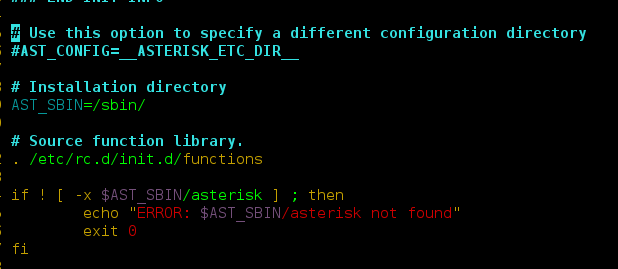TensorFlow is open-source Python library designed by Google to develop Machine Learning models and deep learning neural networks.
fill() is used to generate a tensor having scalar value.
Syntax: tensorflow.fill( dims, value, name)
Parameters:
- dims: It is 1-D sequence of dtype int32 or int64 with non-negative integers representing the shape of the resulting Tensor.
- value: It is the value to be filled.
- name(optional): It defines the name of the operation.
Returns: It returns a Tensor of shape dim.
Raises:
- InvalidArgumentError: This error is raised when dim contains negative values.
- NotFoundError: This error is raised when dim contains non-integer values.
Example 1:
Python3
# Importing the library import tensorflow as tf # Initializing the input dim = [4, 5] value = 5 # Printing the input print('dim: ', dim) print('value: ', value) # Calculating result res = tf.fill(dim, value) # Printing the result print('res: ', res) |
Output:
dim: [4, 5] value: 5 res: tf.Tensor( [[5 5 5 5 5] [5 5 5 5 5] [5 5 5 5 5] [5 5 5 5 5]], shape=(4, 5), dtype=int32)
Example 2:
Python3
# Importing the library import tensorflow as tf # Initializing the input dim = [4, 2, 5] value = 5 # Printing the input print('dim: ', dim) print('value: ', value) # Calculating result res = tf.fill(dim, value) # Printing the result print('res: ', res) |
Output:
dim: [4, 2, 5] value: 5 res: tf.Tensor( [[[5 5 5 5 5] [5 5 5 5 5]] [[5 5 5 5 5] [5 5 5 5 5]] [[5 5 5 5 5] [5 5 5 5 5]] [[5 5 5 5 5] [5 5 5 5 5]]], shape=(4, 2, 5), dtype=int32)




